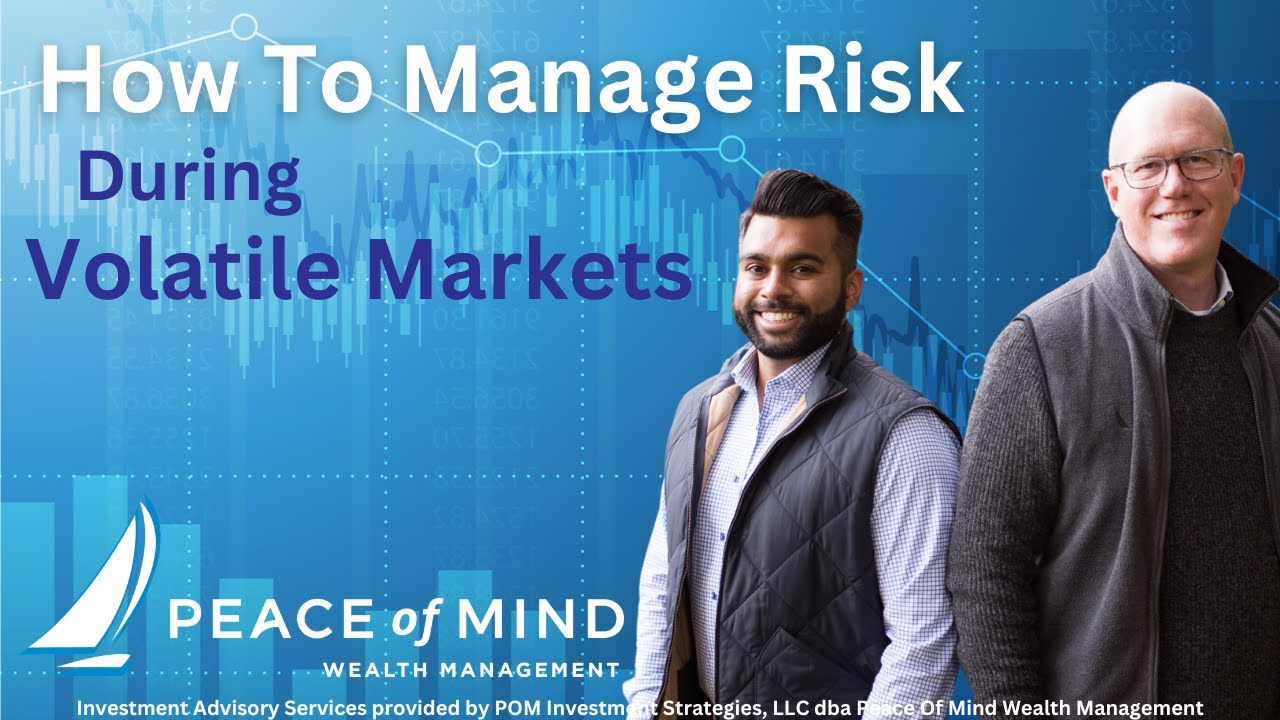In today's rapidly changing economic landscape, assessing market risk has become more critical than ever. This article provides a comprehensive guide on how to evaluate and manage market risks in a volatile economy, offering actionable insights for businesses and investors alike.
Market Risk Assessment, Economic Volatility, Risk Management, Market Trends, Business Decisions, Economic Uncertainty
Understanding the Dynamics of Market Risk in a Volatile Economy
The global economy is undergoing an unprecedented level of volatility, driven by factors such as geopolitical tensions, inflationary pressures, and technological disruptions. In such an environment, businesses and investors must navigate uncertainty while striving to maintain profitability and growth. The ability to assess market risk effectively is no longer a luxury—it is a necessity.
At its core, market risk refers to the potential losses that businesses or investors may face due to changes in market conditions, such as fluctuations in asset prices, interest rates, or currency exchange rates. In a volatile economy, these risks can multiply, making it essential to adopt a proactive and strategic approach to risk assessment.

1. Identifying Key Drivers of Market Volatility
Before diving into risk assessment, it is crucial to understand the primary factors contributing to market volatility. These include:
Macroeconomic Factors: Inflation, interest rates, government policies, and global trade dynamics can significantly impact market stability. For instance, a sudden increase in interest rates can reduce consumer spending and, in turn, affect corporate revenues.
Geopolitical Risks: Political instability, trade wars, and geopolitical conflicts can create uncertainty in financial markets. For example, tensions between major economies can disrupt global supply chains and impact commodity prices.
Technological Disruptions: The rapid pace of innovation can both create and eliminate market opportunities. Emerging technologies like AI and blockchain can transform industries, while regulatory changes may introduce new risks.
By identifying these drivers, businesses can better anticipate potential challenges and develop strategies to mitigate their impact.
2. Monitoring Market Trends and Signals
One of the most effective ways to assess market risk is by closely monitoring market trends and early warning signals. This involves a combination of quantitative and qualitative analysis.
Quantitative Analysis: This includes evaluating historical data, statistical models, and market indices to identify patterns and predict future trends. For example, tracking stock market indices, bond yields, and consumer confidence levels can provide valuable insights into market sentiment.
Qualitative Analysis: This involves analyzing news, reports, and expert opinions to understand the broader context. For instance, observing geopolitical developments or regulatory changes can help businesses anticipate potential disruptions.
By combining these approaches, businesses can gain a holistic view of the market and make informed decisions.
3. Building a Risk Management Framework
A robust risk management framework is essential for navigating a volatile economy. This framework should include the following components:
Risk Identification: Clearly define the types of risks your business or portfolio is exposed to. This could include liquidity risk, credit risk, and operational risk, in addition to market risk.
Risk Assessment: Evaluate the likelihood and potential impact of each identified risk. This can be done using tools like risk matrices or scenario analysis.
Risk Mitigation: Develop strategies to address identified risks. This could involve diversifying investments, hedging against currency fluctuations, or implementing contingency plans.
By establishing a structured approach to risk management, businesses can reduce their exposure to market volatility and enhance their resilience.
4. Leveraging Technology and Data Analytics
In today’s digital age, advanced technologies and data analytics tools can play a pivotal role in market risk assessment. For example:
Predictive Analytics: By analyzing historical data, predictive models can help anticipate market trends and potential risks.
Real-Time Monitoring: Tools that provide real-time data on market movements can enable businesses to respond swiftly to sudden changes.
AI and Machine Learning: These technologies can process vast amounts of data to identify patterns and provide actionable insights, helping businesses stay ahead of the curve.
Investing in these tools can significantly improve the accuracy and efficiency of risk assessment processes.
5. Fostering a Culture of Risk Awareness
Finally, it is essential to cultivate a culture of risk awareness within your organization. This involves educating employees at all levels about the importance of market risk management and encouraging them to identify and report potential risks.
By fostering a collaborative and proactive mindset, businesses can create a stronger foundation for navigating economic volatility.
Implementing Strategies to Mitigate Market Risk
Now that we’ve explored the fundamentals of market risk assessment, let’s delve into practical strategies for mitigating risk in a volatile economy.
6. Diversification: The Core of Risk Management
One of the most effective ways to manage market risk is through diversification. By spreading investments across different asset classes, geographies, and industries, businesses can reduce their exposure to any single risk. For instance, a company with operations in multiple regions is less vulnerable to economic downturns in one specific market.
Similarly, investors can diversify their portfolios by including a mix of stocks, bonds, commodities, and alternative investments. This reduces reliance on any one asset class and helps mitigate the impact of market fluctuations.
7. Hedging Strategies: Protecting Against Market Fluctuations
Hedging is a powerful tool for managing market risk, particularly for businesses exposed to currency, interest rate, or commodity price risks. Derivatives such as futures, options, and swaps can be used to hedge against potential losses.
For example, a company that relies on imported raw materials can use futures contracts to lock in prices, protecting against sudden increases in commodity costs. Similarly, investors can use options to limit potential losses on their stock investments.
8. Scenario Analysis: Preparing for the Unexpected
Scenario analysis involves creating hypothetical scenarios to evaluate how different market conditions might impact your business or portfolio. This technique helps businesses prepare for a range of outcomes, from best-case to worst-case scenarios.
For instance, a business might analyze the impact of a global recession, a sudden surge in inflation, or a major geopolitical event. By doing so, it can develop contingency plans and allocate resources effectively.
9. Flexibility and Adaptability: Thriving in Uncertainty
In a volatile economy, rigidity can be your biggest weakness. Businesses that are flexible and adaptable are better equipped to respond to changing market conditions. This involves maintaining financial liquidity, streamlining operations, and being open to strategy adjustments.
For example, during the COVID-19 pandemic, many companies quickly shifted to remote work and digital sales channels to adapt to new market realities. This flexibility allowed them to weather the storm and emerge stronger.
10. Continuous Learning and Improvement
Market risk assessment is not a one-time process—it requires continuous learning and improvement. Businesses should regularly review and update their risk management strategies based on new data, trends, and lessons learned.
This could involve conducting periodic risk assessments, participating in industry forums, and staying informed about emerging risks. By fostering a culture of continuous learning, businesses can stay ahead of the curve and adapt to evolving market conditions.
Assessing market risk in a volatile economy is a complex but essential process. By understanding the key drivers of volatility, monitoring market trends, building a robust risk management framework, and leveraging technology and data analytics, businesses and investors can navigate uncertainty with confidence.
Moreover, by adopting strategies such as diversification, hedging, scenario analysis, and fostering flexibility, they can mitigate risks and Position themselves for long-term success. In a world where change is the only constant, mastering market risk assessment is not just a skill—it is a lifeline.
